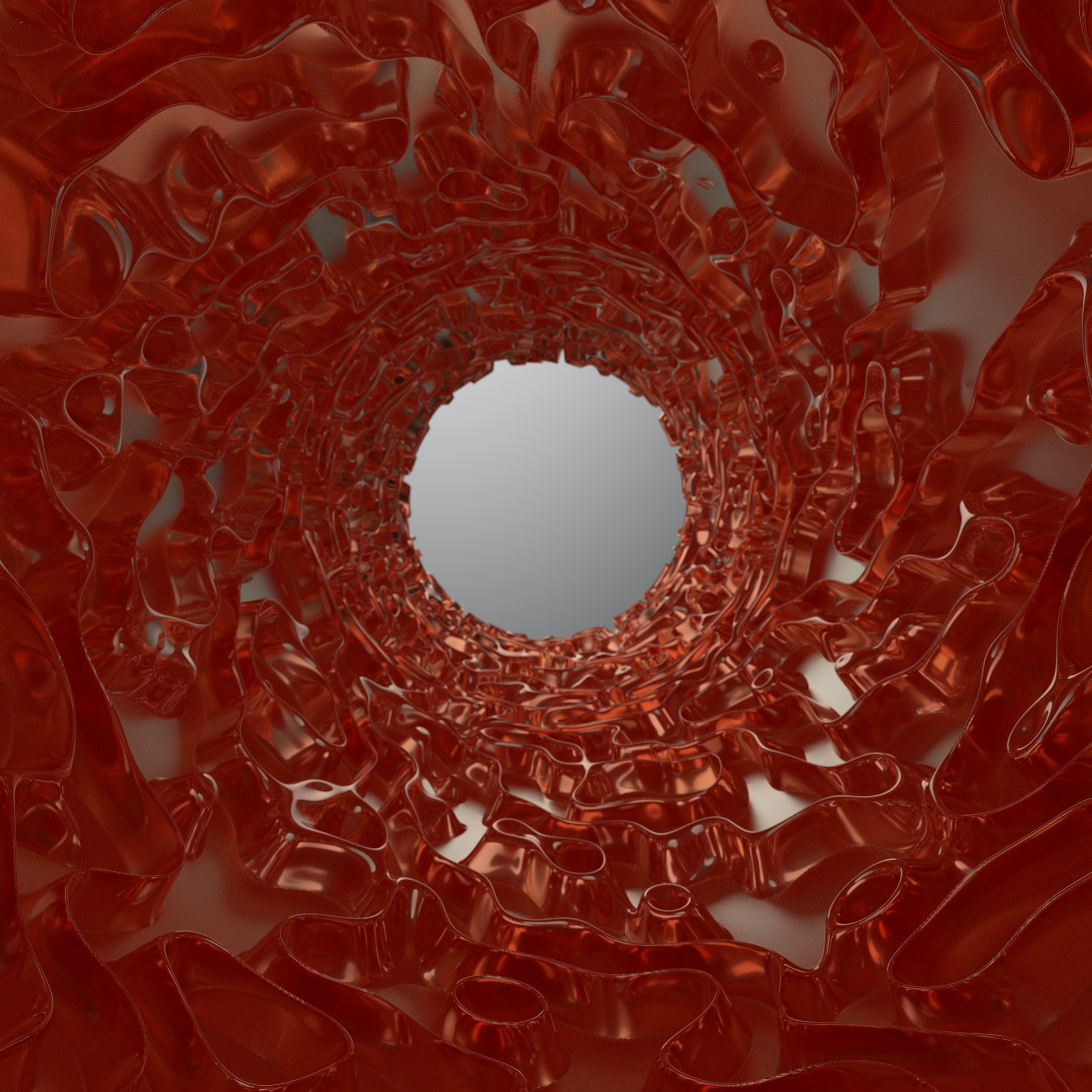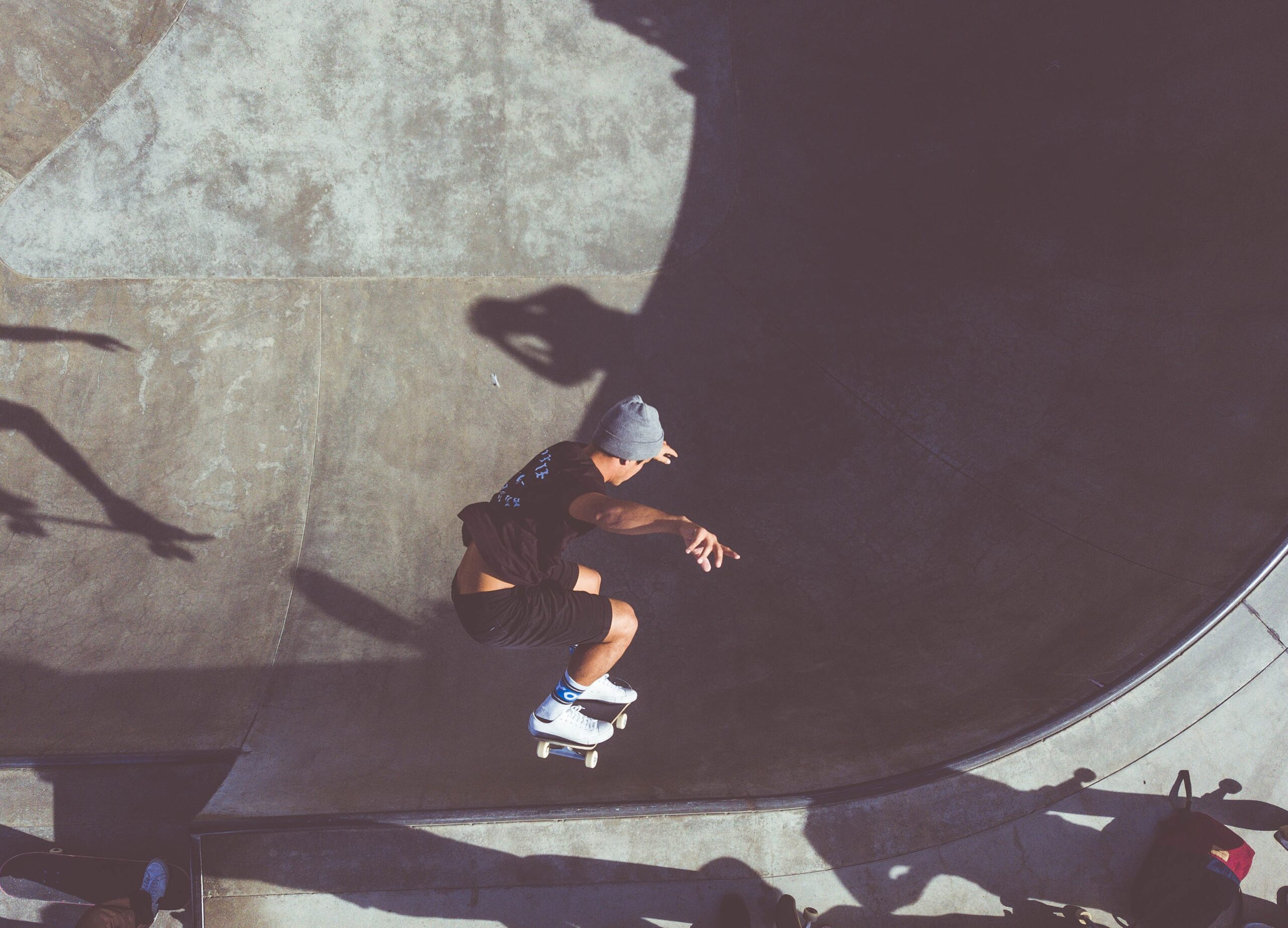Have you ever wondered how the shape of your skateboard deck can affect your skills? From standard popsicle-shaped decks to wider cruiser boards, there is a wide variety of deck shapes to choose from. Each shape has its own unique characteristics that can impact your performance on a skateboard. In this article, we will explore the influence of different skateboard deck shapes on your skills, helping you understand how your choice of deck can enhance your skating abilities. Whether you’re a seasoned skater or just starting out, understanding the impact of deck shapes can give you an edge on the ramps and streets. So let’s dive in and discover how the shape of your deck can unlock your potential on a skateboard.
Deck Shapes and Skateboarding Skills
Skateboarding is not just about the tricks and skills you execute, but also about the equipment you use. One crucial component of a skateboard is the deck, the wooden board on which you stand. The shape of the deck plays a significant role in determining your skateboarding performance and abilities. Understanding various deck shapes is fundamental in choosing the right one for your skill level and riding preferences. In this article, we will explore the impact of different deck shapes on your skateboarding skills and how they can enhance or hinder your performance.
Understanding the Basics
Before diving into the specifics, it is essential to grasp the basics of a skateboard deck. The deck is the flat, usually wooden, board that serves as the foundation of your skateboard. It is typically curved upwards at the sides, a feature known as concave. The deck’s length, width, concave depth, and other characteristics contribute to its overall performance.
Choosing the right deck is crucial for your skateboarding journey. A deck that matches your skills and preferences will provide added stability, control, and maneuverability, enabling you to progress and execute tricks more effectively.
The Impact of Concave
Concave refers to the curves on the sides of the skateboard deck. These curves allow riders to have a better grip on the board and aid in maintaining balance during maneuvers. The depth and shape of the concave can significantly influence your skateboarding experience.
There are different types of concave available, including radial, progressive, and W-concave. Radial concave features a smooth curve across the deck, offering a comfortable and natural feel. Progressive concave transitions from a mellow curve near the center to steeper curves near the edges. W-concave forms multiple V-shaped curves, providing enhanced control and stability.
The concave of your skateboard deck greatly impacts your ability to perform tricks and maneuvers effectively. Deeper concaves are conducive to street-style skateboarding, allowing for better flick and control during flip tricks. On the other hand, shallower concaves are often preferred by vert and transition skaters, as they offer a more stable platform for carving and aerial tricks.
Finding the right concave for your style of skateboarding is essential. Experimenting with different concave depths and shapes will help determine the optimal configuration that suits your needs and enhances your skills.

Effects of Nose and Tail Shape
The nose and tail of a skateboard deck are the front and rear ends of the board, respectively. The shape and design of these areas play a vital role in controlling turns, executing ollies and other trick variations, and affecting flip tricks’ dynamics.
A deck with a steep, pronounced nose and tail enables sharper and more controlled turns effectively. This shape allows riders to initiate turns with precision, making it ideal for carving or navigating narrow spaces. On the other hand, decks with less pronounced noses and tails are better suited for technical tricks like ollies and nollies.
When it comes to executing ollies and nollies, the nose and tail shape are crucial. A steeper kicktail makes popping the board easier, generating more upward force for higher ollies. Similarly, a defined nose helps in executing controlled nollies.
Different nose and tail shapes also impact flip tricks. For example, a wider and more rounded tail provides a larger surface area for catching the board during kickflips or heelflips, enhancing stability and control. Contrarily, a narrower tail allows for quicker rotations during flip tricks like 360 flips or varial flips.
Choosing the proper nose and tail shape is essential in maximizing your ability to turn, perform ollies and nollies, and execute flip tricks. It’s important to consider your preferred style of skateboarding and the specific tricks you intend to master when selecting a deck with the appropriate nose and tail shape.
Wheelbase and its Influence
The wheelbase of a skateboard deck refers to the distance between the set of inner mounting holes, where the trucks are attached. This measurement affects the board’s stability, maneuverability, and performance in various skateboarding disciplines.
A shorter wheelbase provides quicker turning capabilities, making it ideal for technical tricks that require rapid changes in direction. This configuration allows for sharper and more responsive turns, enhancing maneuverability in tight spaces. On the other hand, a longer wheelbase offers greater stability during high-speed or downhill skating, allowing for smoother rides and improved control.
The wheelbase also impacts your skateboard’s performance during grinds and slides. A shorter wheelbase allows for easier weight distribution on the trucks, facilitating smoother and more controlled slides and grinds. Conversely, a longer wheelbase tends to be more stable but may require additional effort to initiate and control slides and grinds accurately.
Considering the right wheelbase for your style of skateboarding is crucial in optimizing your board’s maneuverability and stability. Think about the tricks and disciplines you enjoy the most, and choose a wheelbase that aligns with your preferences and goals.

Deck Length and Width
Deck length and width are important considerations when choosing a skateboard deck, as they directly impact your overall stability, balance, and control.
The length of a skateboard deck affects its stability during high-speed or downhill skating. Longer decks provide a larger foot platform, allowing riders to distribute their weight more evenly. This helps maintain stability when cruising at high velocities, making them suitable for downhill or long-distance riding. However, longer decks can be less maneuverable and may feel less responsive for technical tricks.
The width of a skateboard deck influences your balance and control while riding. Wider decks offer more surface area for your feet, providing increased stability and better board control. This makes them ideal for beginners or riders who prioritize stable landings and solid footing. Conversely, narrower decks offer enhanced maneuverability, allowing for quicker turns and more technical trick execution.
When choosing the ideal deck length and width, consider your riding style, skill level, and personal preferences. If you primarily engage in street skating, a shorter and narrower deck may offer better maneuverability for technical tricks. However, if you enjoy cruising or downhill riding, a longer and wider deck would provide the stability and balance necessary for those disciplines.
Deck Material and its Role
The material used for skateboard decks also plays a crucial role in determining their performance characteristics. There are various deck materials available, including traditional maple wood, bamboo, carbon fiber, and composite materials.
Maple wood is the most common and traditional material used for skateboard decks. It is known for its durability, resilience, and classic feel. Maple decks provide a solid and reliable platform for skateboarding, offering a good balance between flexibility and stiffness.
Bamboo decks have gained popularity due to their eco-friendliness and unique properties. Bamboo offers a lighter weight to the deck, providing a more responsive feel and increased durability. Bamboo decks often have a slightly different flex compared to traditional maple, offering a unique riding experience.
Carbon fiber and composite materials are relatively new to the skateboard deck market. These materials provide exceptional strength, rigidity, and lightweight properties. Carbon fiber decks are often favored by professionals for their high-performance characteristics and ability to handle intense tricks and impacts.
Choose a deck material that aligns with your preferences, requirements, and budget. Consider factors such as durability, flexibility, weight, and performance to find the right material for your skateboarding needs.

Symmetrical Deck Shapes
Symmetrical deck shapes are decks that have identical nose and tail shapes, allowing for ambidextrous riding and versatility. These decks are often preferred by riders who enjoy executing tricks and slides in both regular and switch stances.
The symmetrical design of these decks allows riders to perform tricks with ease, regardless of their dominant stance. Whether you ride with your left foot forward (regular) or your right foot forward (goofy), a symmetrical deck provides a consistent feel and response.
Symmetrical decks are highly versatile and can be used for a wide range of tricks and riding styles. They are popular among street skaters who perform technical tricks like kickflips, ollies, and grinds. The symmetrical shape ensures that the board feels the same, regardless of the direction or stance. However, they may not offer the same stability and control during high-speed and downhill riding compared to directional decks.
For riders who enjoy practicing a variety of tricks and slides, symmetrical decks offer flexibility and adaptability. Consider your preferred riding style and the tricks you enjoy when choosing a symmetrical deck shape.
Asymmetrical Deck Shapes
Asymmetrical deck shapes are designed with different nose and tail shapes, catering to specific riding styles and objectives. These decks provide performance enhancements for riders who have a dedicated stance and prefer a tailored riding experience.
The asymmetrical design allows for optimized performance when riding in one specific stance, whether regular or goofy. These decks often feature sharper turning characteristics, enhanced control, and improved carving abilities.
The effects of asymmetrical deck shapes can be felt during turns and carves. The unique shape enables riders to initiate turns more efficiently and provides better stability throughout the maneuver. This makes asymmetrical decks suitable for riders who prioritize carving and cruising.
While asymmetrical decks excel in specific disciplines, they may limit riders when it comes to executing tricks or slides in a different direction. If you primarily skate in one stance and enjoy carving or specific styles, an asymmetrical deck may complement your riding preferences.

Fish/Twin-Tail Decks and their Benefits
Fish/twin-tail decks are a unique type of deck shape that features two symmetrical tails, resembling the shape of a fish. These decks offer distinct benefits for riders who prioritize maneuverability and quick turns.
The twin-tail design allows for increased control during slides and turns. The symmetrical tail shape provides riders with a balanced feel and response, whether initiating a turn or executing a trick. These decks are well-suited for riders who enjoy technical tricks, quick direction changes, and a nimble feel.
Fish/twin-tail decks excel in street and park skating, offering enhanced maneuverability and responsiveness. The balanced feel of the twin tails allows riders to execute tricks smoothly while maintaining control over the board. However, they may not offer the same stability and speed advantages as directional decks during high-speed or downhill riding.
If you enjoy technical tricks, quick turns, and a nimble ride, a fish/twin-tail deck could be a great choice for your skateboarding skills.
Directional Decks and their Effects
Directional decks are designed with a distinct nose and tail shape, catering to specific riding styles and emphasizing performance attributes in one direction. These decks provide optimized performance for riders who prioritize speed, stability, and control.
The asymmetrical shape of directional decks results in enhanced performance when riding in one specific direction, whether regular or goofy. They offer advantages in terms of speed, stability, and overall control, making them ideal for riders who engage in downhill racing, high-speed cruising, or long-distance skating.
Directional decks excel in providing a stable and responsive feel, allowing riders to ride smoothly at higher speeds. The pronounced nose shape enhances steering control and stability, maintaining control during fast descents or intense maneuvers. However, these decks may not offer the same versatility for executing tricks in switch stance or performing technical street tricks.
For riders who prioritize speed, stability, and control, directional decks are a solid choice. Consider your preferred riding style and the disciplines you enjoy to determine if a directional deck will suit your skateboarding skills.
In conclusion, the shape of your skateboard deck plays a significant role in determining your skateboarding performance and abilities. Factors such as concave, nose and tail shape, wheelbase, length and width, deck material, and symmetrical versus asymmetrical shapes all contribute to your overall skateboarding experience. By understanding these elements and selecting a deck that aligns with your skill level and riding preferences, you can enhance your skateboarding skills and enjoy a more fulfilling and tailored riding experience. Happy skateboarding!

